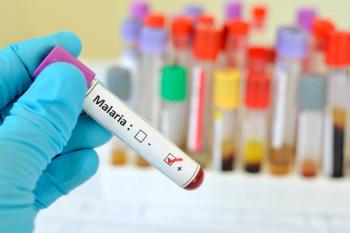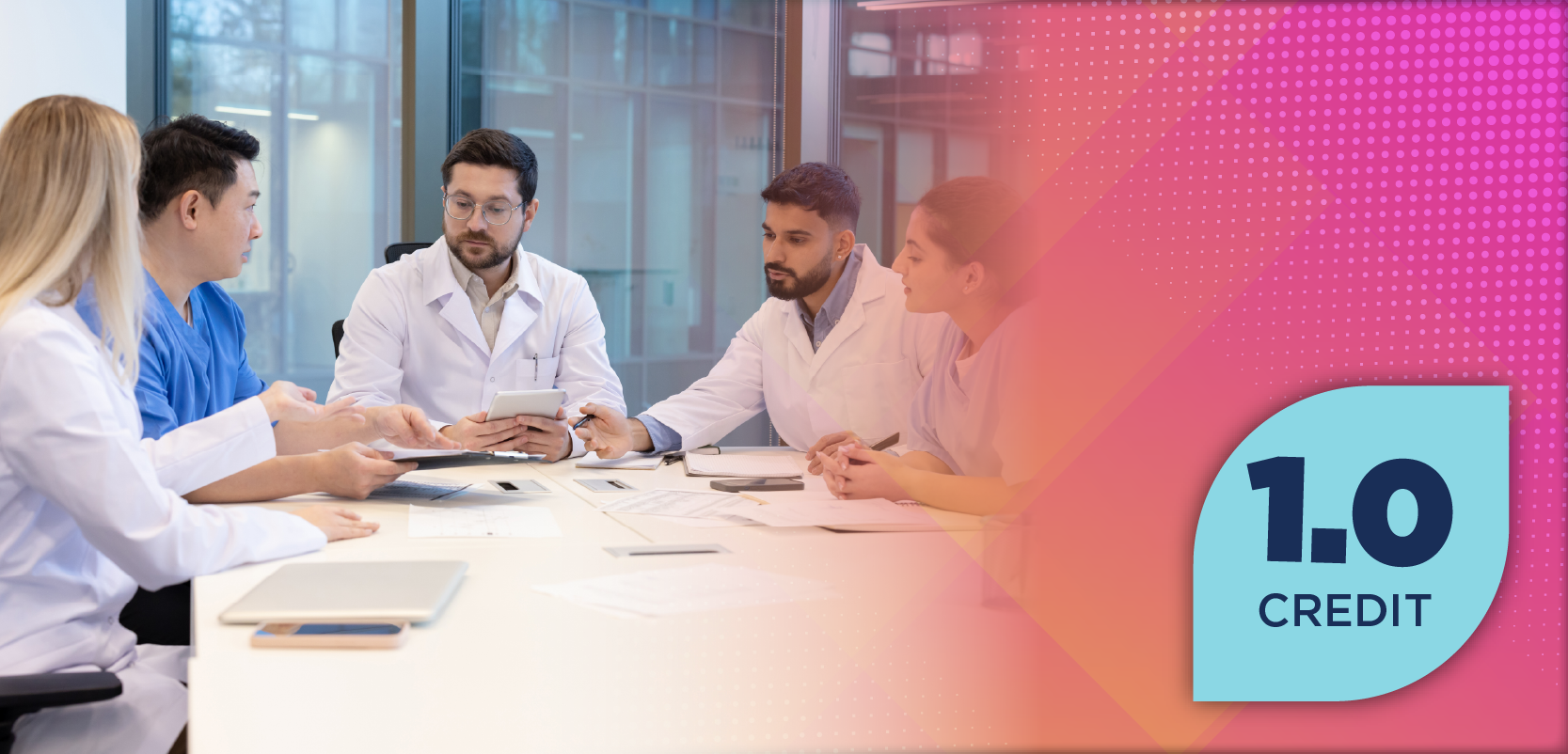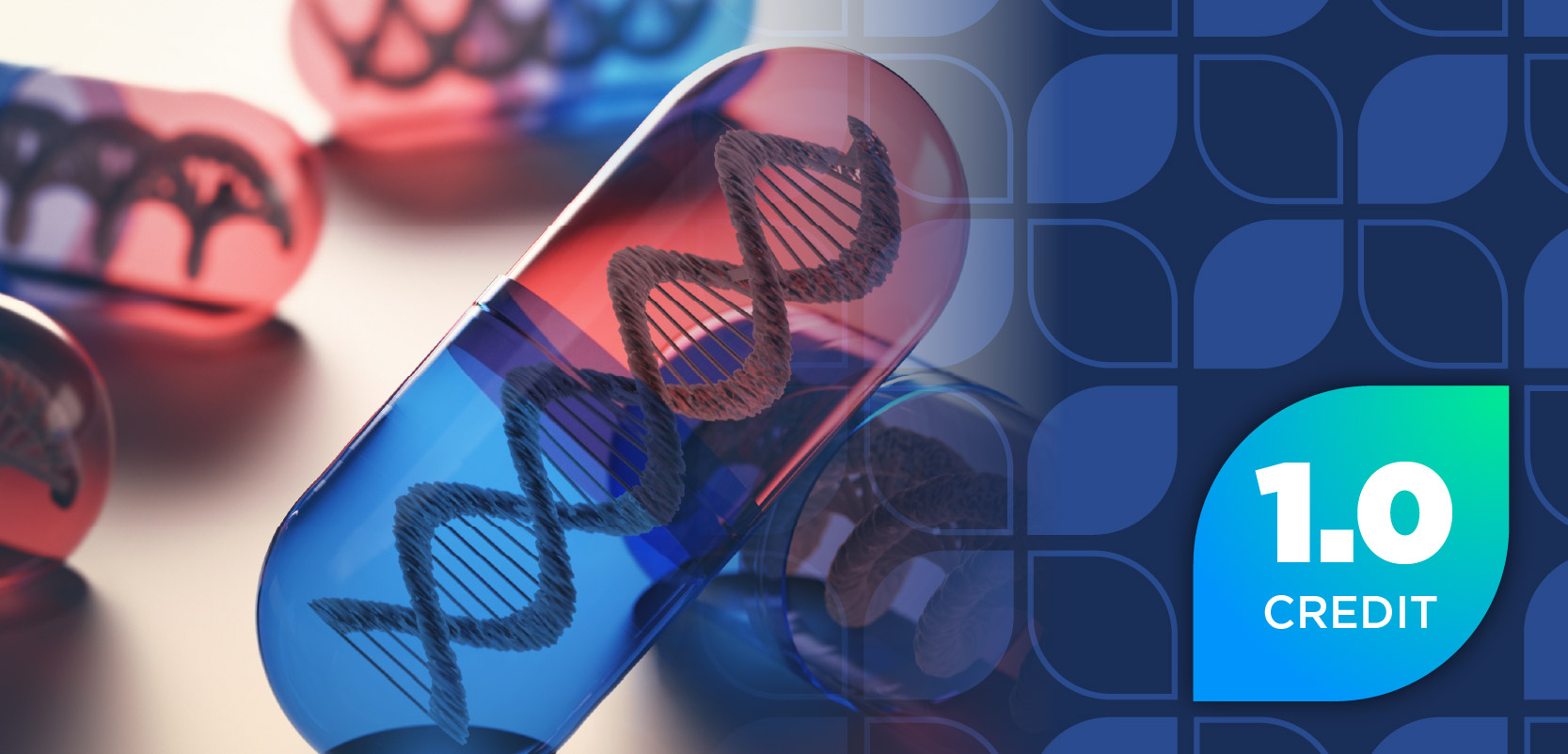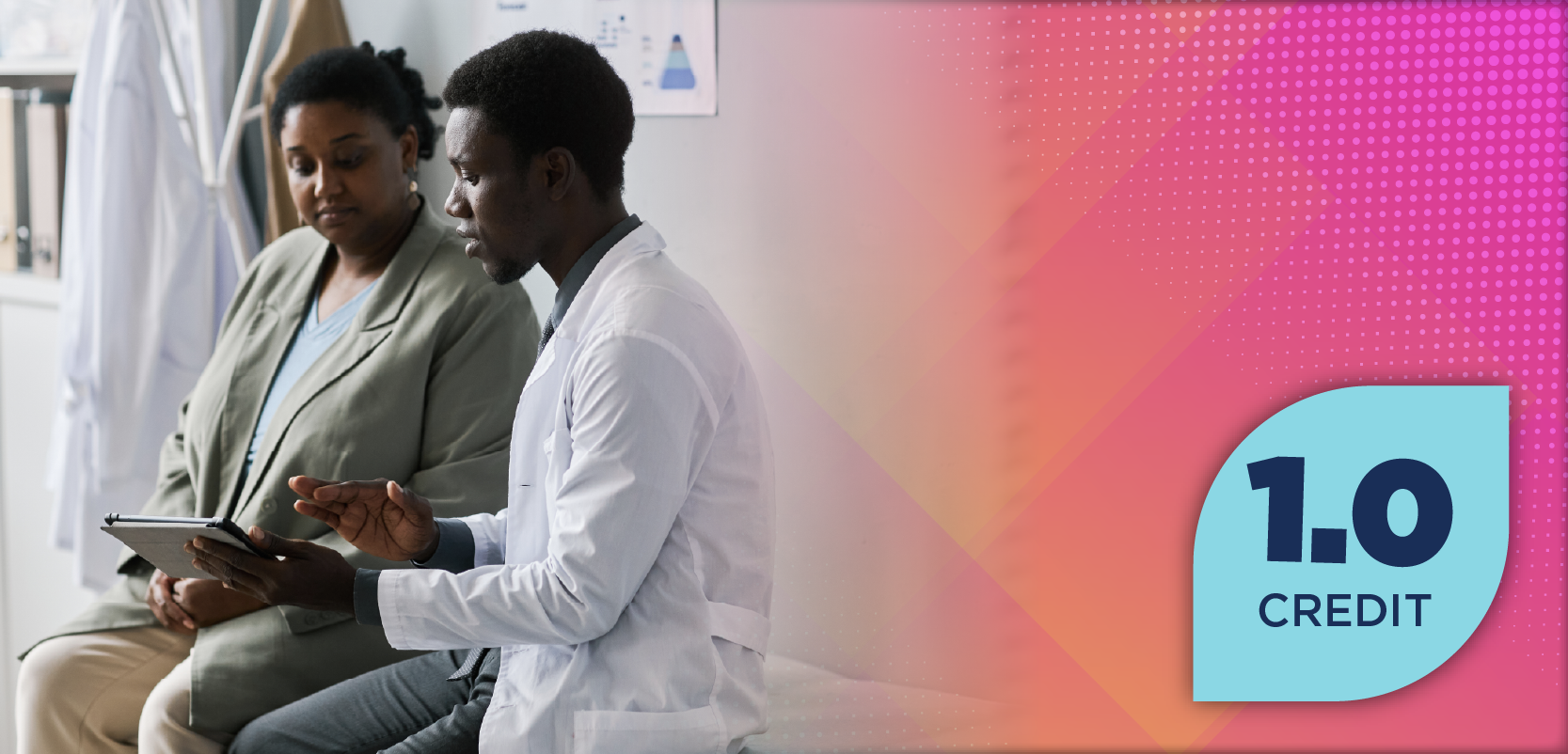
Expert: Pharmacists' Role in Education, Adoption, and Market Sustainability for Biosimilars
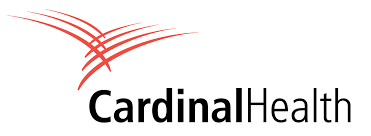
Pharmacists play a crucial role in advancing biosimilar adoption through targeted education and by addressing misconceptions about safety and efficacy.
In an interview with Pharmacy Times®, Dracey Poore, director of biosimilars at Cardinal Health, discussed the crucial role pharmacists play in advancing biosimilar adoption through targeted education, addressing misconceptions about safety and efficacy, and highlighting cost-saving opportunities. Poore highlighted regulatory milestones such as the Affordable Care Act and potential future legislation such as the Biosimilar Red Tape Elimination Act, emphasizing how instrumental they have been in supporting biosimilar market development. She noted that key strategies for increasing biosimilar adoption include clearing up interchangeability confusion, providing specialized education for different medical fields, and helping stakeholders understand the clinical and economic benefits. By leveraging their expertise and trusted relationships, pharmacists can help drive market sustainability and increase confidence in biosimilar products.
Pharmacy Times: What are the top 2 or 3 actionable strategies pharmacists can use to increase biosimilar adoption and address awareness and practical processes?
Dracey Poore: That's a great question, because pharmacists are essential to the biosimilar business. They have amazing expertise, but they also have a trusted relationship with patients and providers, and that does make a big difference. We need those stakeholders to help to grow the biosimilars industry. What are some action steps they can take to help? I think the first one is targeted education that's specific and relevant to that provider. Maybe they're in rheumatology, maybe they're in oncology, and then also helping to educate patients. We know that's a different subset of information. So that targeted education is essential, whereas if you look at some of the other resources in the market, such as what the FDA has, they're fantastic, but they're very broad. Targeted education is s the piece that we need to grow upon in the market, and that will have a great impact.
The second thing that pharmacists are great at is assessing reimbursement and economics. They can help drive good decisions by bringing clinical teams and financial teams together. That also ties into the payer analysis and ordering—it's all together: strong life cycle management, revenue and reimbursement. I'm a big fan of optimizing inventory, minimizing waste, and increasing on-hand inventory dollars. I think pharmacists are the best at that tight revenue cycle management.
Pharmacy Times: What key regulatory shifts in the past decade have impacted biosimilars most in pharmacy, and what changes do you anticipate?
Poore: So, 2010 was the big year. That was the year that the Affordable Care Act created the abbreviated pathway for biosimilars to come to market. The BPCIA [Biologics Price Competition and Innovation Act] made the regulatory pathway. Five years later, biosimilars launched in the US and were commercialized in the US; that was 2015. But those were the regulatory positions in the market that enabled this industry to grow and to even come into the US. Since then, Congress has been working toward helping this market grow and become sustainable. We do know that the Red Tape Elimination Act is being considered, which is fantastic, because it eliminates interchangeability, which we need, as there seems to be some confusion in the market around that. I wrote a piece about that last fall. We find that our customers at Cardinal Health have a lot of questions about that. Anything we can do to clarify that is essential. I think that the Red Tape Elimination Act is a great step in the right direction.
The Inflation Reduction Act aligns with our purpose of reducing drug costs. I hope that there's partnership there, with everyone having the same mission and end goal; that's essential. I do think we're seeing some regulatory shifts in the market that are heading in the right direction. I hope that they continue and even grow as time passes, because we need some of these opportunities to open a little more to increase access. I think policy reform and regulatory enhancements are the things that are going to increase access.
Pharmacy Times: How can pharmacists effectively educate patients and prescribers on biosimilars' value to improve market sustainability?
Poore: Similar to the first question, a few things. One is, I talked about that interchangeability confusion that we see: Pharmacists can help clear up that confusion or misconception, whichever lane that may fall in. But there are also some misconceptions in the market, not just on interchangeability, but on safety and efficacy. I think pharmacists do a great job of educating patients on that, how they're highly similar and how they have no differences in purity, potency, and efficacy. I think that's a message they can send to bring value to the market, because in order for the market to be sustainable, we need adoption to grow. Clearing up those misconceptions, growing education, increasing trust in the products, and increasing confidence in the products—those things are all going to grow the market, so they're all going to aid the sustainability need that we all hear about all the time. I also think that they can highlight the cost savings.
For a lot of people—practices, providers, institutions, etc—there are always questions about the economic dynamics. Pharmacists are probably your best resource to understand that. If they can highlight where their savings are and where there's opportunity, we think that adoption will grow, which will enhance the sustainability piece.
Newsletter
Stay informed on drug updates, treatment guidelines, and pharmacy practice trends—subscribe to Pharmacy Times for weekly clinical insights.

